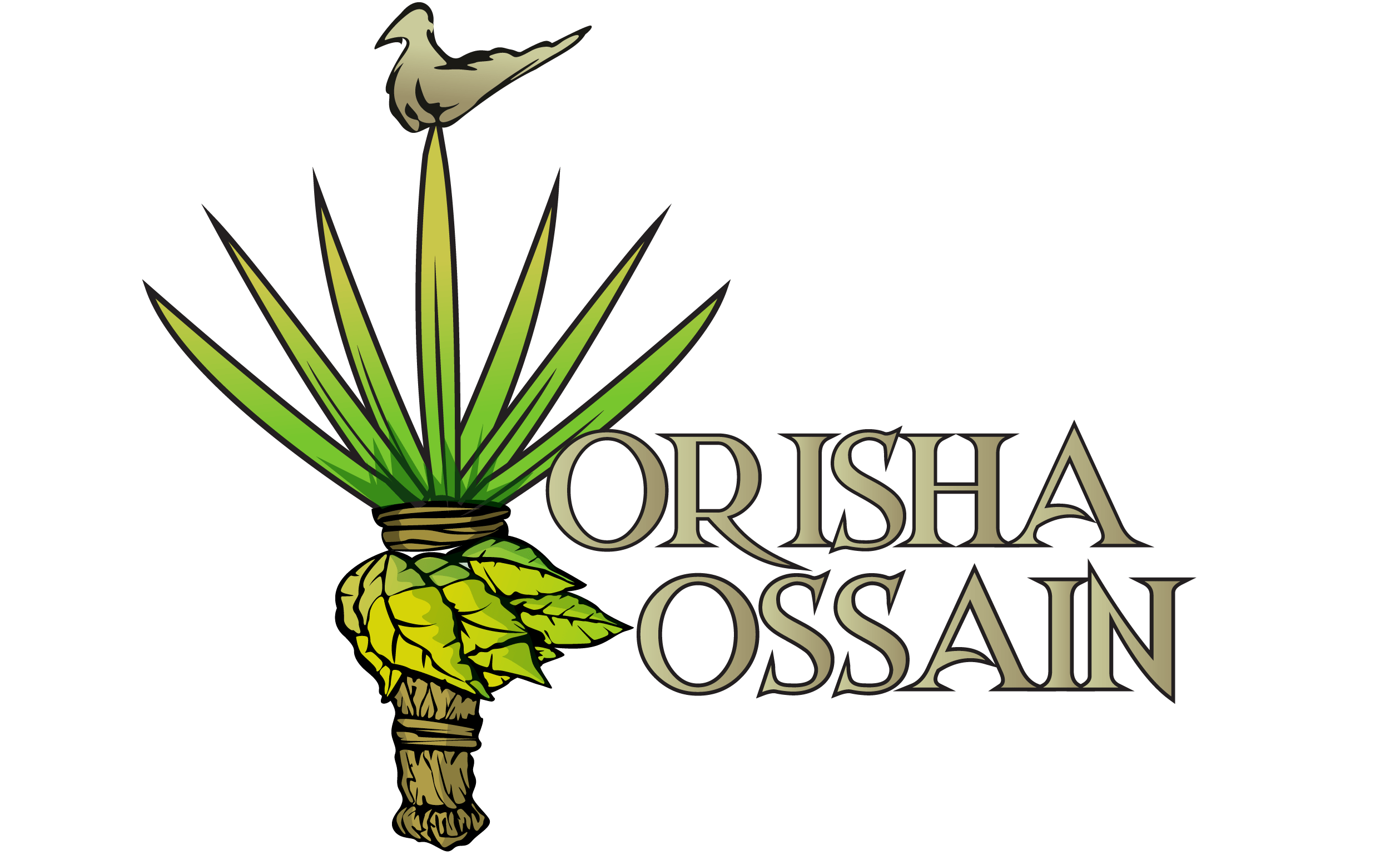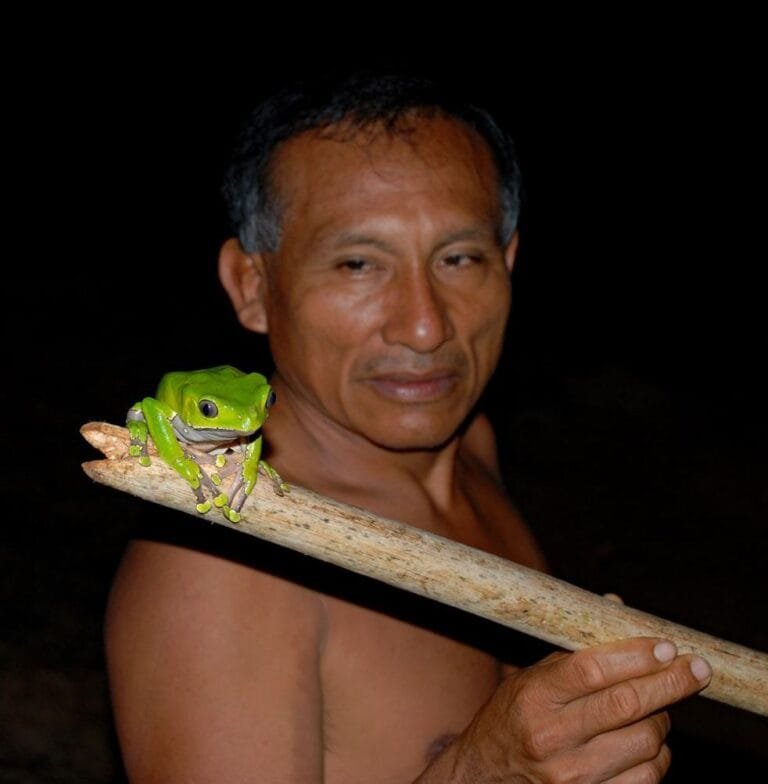Meanings of the Word Caboclo
The word caboclo (or caboco in some places) has several meanings depending on the context, culture, and region. It is most commonly used in Brazil (and some parts of Latin America). The focus here is on the Brazilian variations of its significance. Here are the primary meanings:

1. Ethnic and Cultural Context
In Brazil, people use “caboclo” to describe individuals of mixed Indigenous (Native Brazilian) and European descent, particularly of Portuguese origin. This term highlights a distinct ethnic and cultural identity that emerged from centuries of interaction between indigenous populations and European settlers. Many Brazilians use “caboclo” to identify rural, river-dwelling populations in the Amazon or northern regions.

- Sociocultural identity: Caboclos are often associated with traditional ways of life, farming, fishing, and a strong connection to nature.
- Regional influence: The term is more common in the Amazon and northeast Brazil, where indigenous populations played a significant role in the early colonial period.
2. Lifestyle Context: Brazilians Living Near or in the Forest
Sometimes, caboclo refers to a regular Brazilian who lives near or in the forest, especially in rural or Amazonian regions. In this context, it doesn’t necessarily imply mixed ancestry but rather describes someone whose lifestyle is closely tied to the land and nature.
- Connection to nature: These caboclos are deeply knowledgeable about the environment, plants, herbs, and wildlife, using this knowledge for survival, agriculture, and traditional medicine.
- Herbal and ecological wisdom: They often have an extensive understanding of herbal remedies, learned from indigenous traditions and their own experiences. This meaning highlights their expertise in natural survival and their symbiotic relationship with The forest.
3. Religious Context (Afro-Brazilian Religions)
In Afro-Brazilian religions, particularly Umbanda and Candomblé, the word caboclo also holds a spiritual meaning. In this context, a caboclo is a spirit that represents indigenous ancestry and wisdom. Practitioners view these spirits as powerful intermediaries in rituals and invoke them for guidance, healing, and protection.
- Spirit guides: Caboclos are believed to be spirits of Indigenous ancestors and are revered for their knowledge of nature, herbal medicine, and connection to the land.
- Manifestation in trance: In rituals, mediums may become possessed by caboclo spirits, who speak through them to offer advice or perform healings.

4. Historical Usage (Colonial and Post-Colonial)
Historically, people in colonial Brazil often used the term caboclo more broadly to describe anyone of mixed indigenous and European background. This term carried social implications and reflected the colonial caste system, where race and heritage played a major role in determining one’s social standing.”.
5. Popular Culture and Folklore
In Brazilian folklore, caboclos are sometimes portrayed as semi-mythical figures, often connected to stories about the land, nature spirits, and survival in the wilderness. These representations romanticize their connection to the natural world and the wisdom of indigenous peoples.

6. The context of Caboclo with rapé
At Orisha Ossain, the term “Caboclo” refers to non-traditional or strict indigenous types of rapé. These are mostly crafted by individuals of mixed Indigenous (Native Brazilian) and others connected to herbal knowledge.
I met some of them during my travels in Brazil. These makers bring a unique perspective to rapé production. Various blends, like Jurema Branca, Anise, and Gengibre, use plant species not found or connected to the Amazon Indigenous tradition of use. Caboclos are also known to use ashes from trees that grow in other parts of Brazil, outside the Amazon region.
Beyond the Traditional Blends
Caboclos are known for their innovation, Creating new varieties of rapé that go beyond the traditional formulations of Indigenous communities.
Historically the Jurema plant plays a big role in various Afro-Brazilian spiritual practices. Its people connected to these traditions received the inspiration to start experimenting with the ashes of this plant. This resulted in various types of Jurema-based snuffs. You can find all caboclo types of Rapé here

Another good example of caboclo rapé is the type parika (parica). This rapé type if made with the ash of the parika tree (Schizolobium amazonicum). This tree grows in the huge Atlantic forest far away from the Amazon. Cabolos use this ash extensively to make rapé parika. The ash is know for being high vibrational. But the use of parika ash is not exclusive to the caboclos. There are a few other tribes that have included this parika ash as the energetic part of their version of parika snuff. Parika Força and Parika Katukina from the Katukina tribe are such examples.

